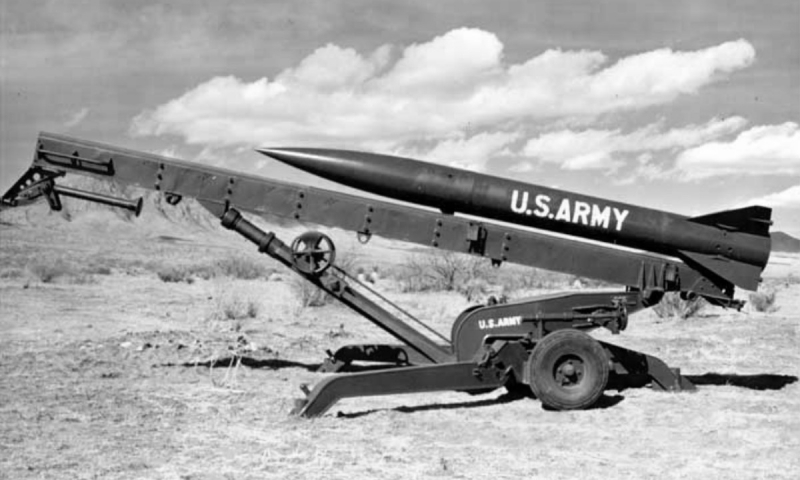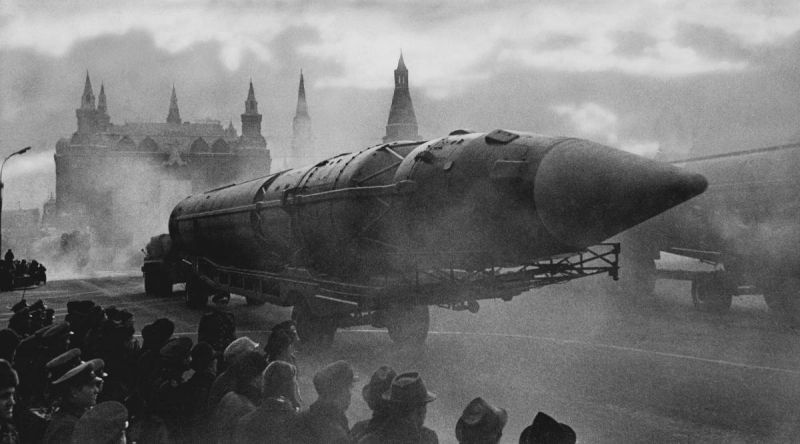Nuclear escalation during the Cold War
Nuclear weapons were designated as the ultimate weapon of war after the bombings of Hiroshima and Nagasaki, which sparked an arms race between the US and the Soviet Union. The buildup of nuclear weapons persisted into the late 1980s and was a key aspect of the so-called "Cold War," in which the US and USSR openly contended without ever going to war. The nuclear arms race peaked in 1986 when the Soviet Union had more than 40,000 nuclear weapons and the United States had 23,000, according to the Bulletin of Atomic Scientists (down from more than 31,000 in 1967).
The concept of "mutually assured destruction," according to which both sides believed that the best way to prevent nuclear war was to have so many nuclear weapons that the adversary would not launch an attack out of concern that they could not sufficiently destroy the target country's arsenal to avoid being destroyed by a retaliatory attack, served as the foundation for much of this proliferation. Both sides removed hundreds of nuclear weapons after the Soviet Union fell apart in 1991.










